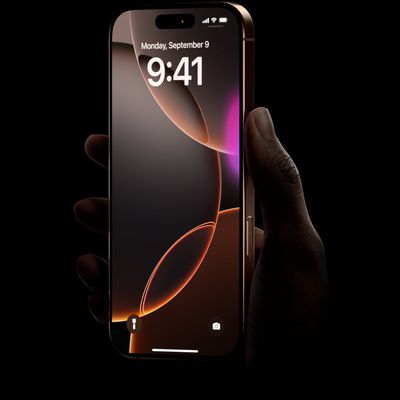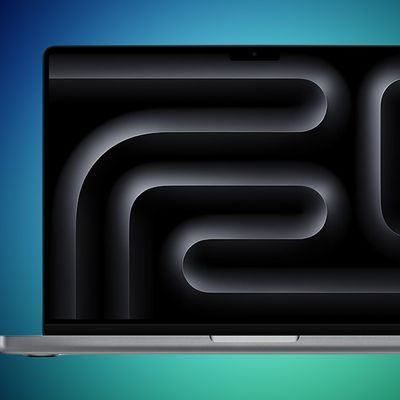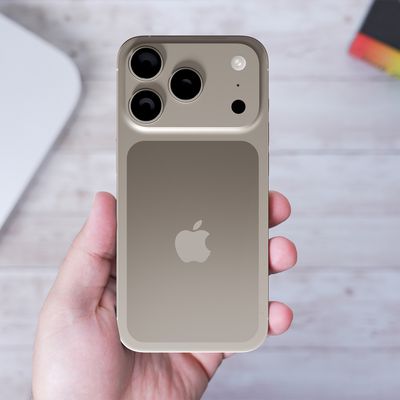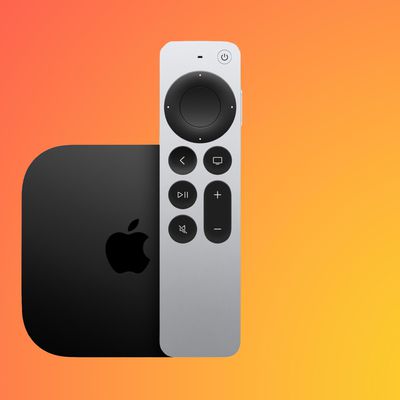Apple M5 Chip's Dual-Use Design Will Power Future Macs and AI Servers
Apple will reportedly use a more advanced SoIC packaging technology for its M5 chips, as part of a two-pronged strategy to meet its growing need for silicon that can power consumer Macs and enhance the performance of its data centers and future AI tools that rely on the cloud.
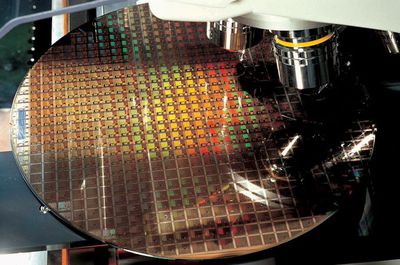
Developed by TSMC and unveiled in 2018, SoIC (System on Integrated Chip) technology allows for the stacking of chips in a three-dimensional structure, providing better electrical performance and thermal management compared to traditional two-dimensional chip designs.
According to the Economic Daily, Apple has expanded its cooperation with TSMC on a next-generation hybrid SoIC package that additionally combines thermoplastic carbon fiber composite molding technology. The package is said to be in a small trial production phase, with the intention of mass producing the chips in 2025 and 2026 for new Macs and AI cloud servers.
References to what are believed to be Apple's M5 chip have already been discovered in official Apple code. Apple has been working on processors for its own AI servers made with TSMC's 3nm process, targeting mass production by the second half of 2025. However, according to Haitong analyst Jeff Pu, Apple's plans in late 2025 are to assemble AI servers powered by its M4 chip.
Currently, Apple's AI cloud servers are believed to be running on multiple connected M2 Ultra chips, which were originally designed solely for desktop Macs. Whenever the M5 is adopted, its advanced dual-use design is believed to be a sign of Apple future-proofing its plan to vertically integrate its supply chain for AI functionality across computers, cloud servers, and software.
(Via DigiTimes.com.)
Popular Stories
Apple will launch its new iPhone 17 series in two months, and the iPhone 17 Pro models are expected to get a new design for the rear casing and the camera area. But more significant changes to the lineup are not expected until next year, when the iPhone 18 models arrive.
If you're thinking of trading in your iPhone for this year's latest, consider the following features rumored to be coming...
In select U.S. states, residents can add their driver's license or state ID to the Wallet app on the iPhone and Apple Watch, providing a convenient and contactless way to display proof of identity or age at select airports and businesses, and in select apps.
Unfortunately, this feature continues to roll out very slowly since it was announced in 2021, with only nine U.S. states, Puerto Rico,...
Apple does not plan to refresh any Macs with updated M5 chips in 2025, according to Bloomberg's Mark Gurman. Updated MacBook Air and MacBook Pro models are now planned for the first half of 2026.
Gurman previously said that Apple would debut the M5 MacBook Pro models in late 2025, but his newest report suggests that Apple is "considering" pushing them back to 2026. Apple is now said to be...
Three out of four iPhone 17 models will feature more RAM than the equivalent iPhone 16 models, according to a new leak that aligns with previous rumors.
The all-new iPhone 17 Air, the iPhone 17 Pro, and the iPhone 17 Pro Max will each be equipped with 12GB of RAM, according to Fixed Focus Digital, an account with more than two million followers on Chinese social media platform Weibo. The...
A new Apple TV is expected to be released later this year, and a handful of new features and changes have been rumored for the device.
Below, we recap what to expect from the next Apple TV, according to rumors.
Rumors
Faster Wi-Fi Support
The next Apple TV will be equipped with Apple's own combined Wi-Fi and Bluetooth chip, according to Bloomberg's Mark Gurman. He said the chip supports ...
Since the iPhone X in 2017, all of Apple's highest-end iPhone models have featured either stainless steel or titanium frames, but it has now been rumored that this design decision will be coming to an end with the iPhone 17 Pro models later this year.
In a post on Chinese social media platform Weibo today, the account Instant Digital said that the iPhone 17 Pro models will have an aluminum...
Production of foldable OLED displays for Apple's first foldable iPhone have begun ahead of its expected launch next year, Korea's ETNews reports.
The first foldable iPhone's displays are being produced by Samsung Display, who are establishing a production line dedicated to the upcoming Apple device its A3 factory in Asan, Chungcheongnam-do. The production line will make displays exclusively...
iPhone 17 Pro and iPhone 17 Pro Max models with displays made by BOE will be sold exclusively in China, according to a new report.
Last week, it emerged that Chinese display manufacturer BOE was aggressively ramping up its OLED production capacity for future iPhone models as part of a plan to recapture a major role in Apple's supply chain.
Now, tech news aggregator Jukan Choi reports...
![]()


